Remains of a man and dog trying to escape ancient tsunami found on Aegean coast
The Thera eruption caused massive tsunamis about 3,600 years ago.

Roughly 3,600 years ago, the massive Thera volcano in the Aegean Sea blew its top, unleashing massive tsunamis. Now, archaeologists in western Turkey have unearthed the bones of a young man and a dog killed by one of those tsunamis.
It's the first time that any victims of the ancient eruption have been found in their archaeological context, and it's the northernmost evidence found of the tsunamis that followed it.
Archaeological excavations at the site in the town of Çeşme, about 40 miles (70 kilometers) west of the city of Izmer, began more than 10 years ago when construction workers building an apartment complex there found Bronze Age ruins.
But only recently did researchers realize that the destruction they saw was caused by tsunamis from the Thera eruption, said Vasıf Şahoğlu, an archaeologist at the University of Ankara, who led the excavations from 2009 until 2019 and is the lead author of a new study on the discoveries.
Related: The 11 biggest volcanic eruptions in history
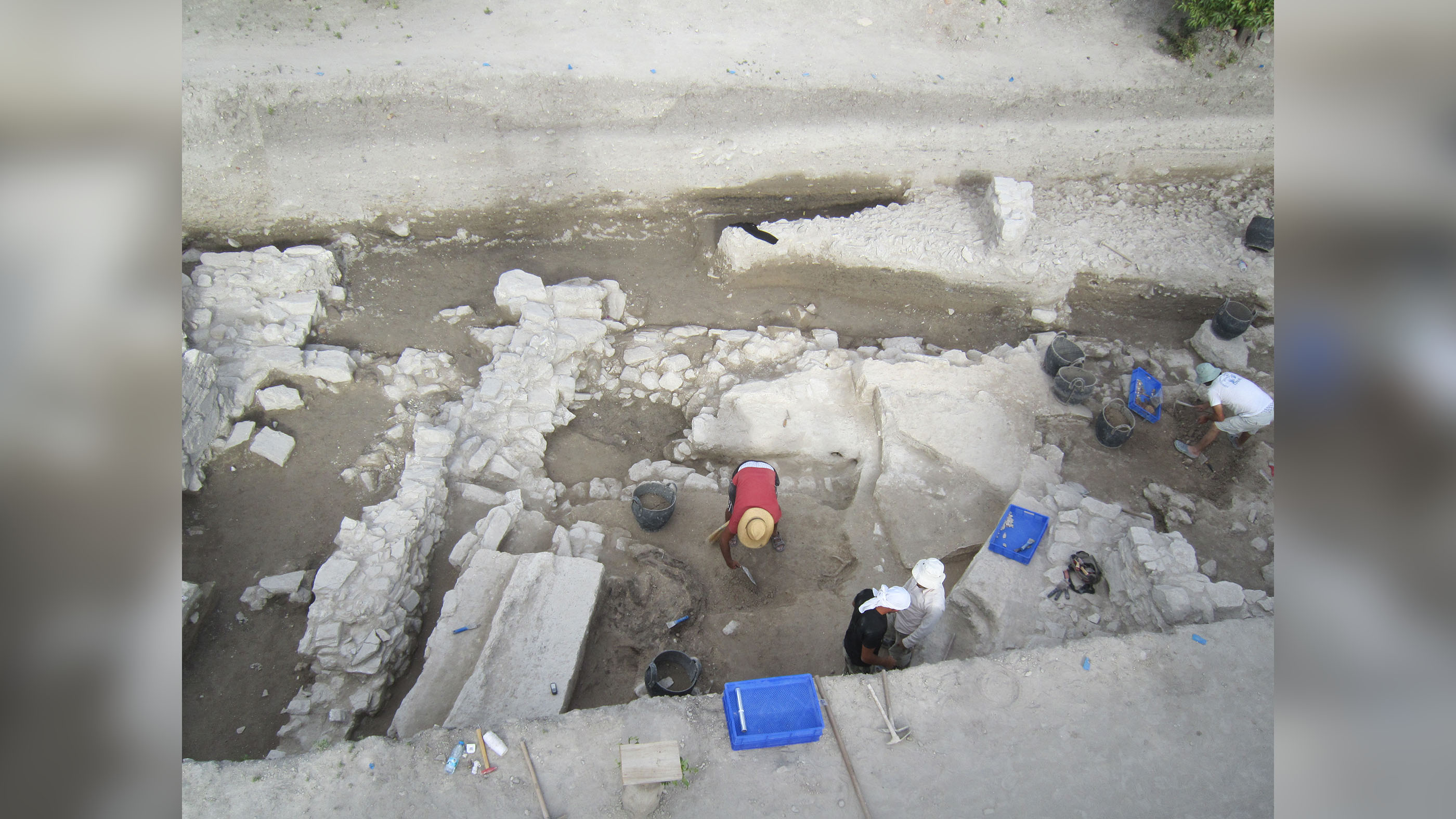
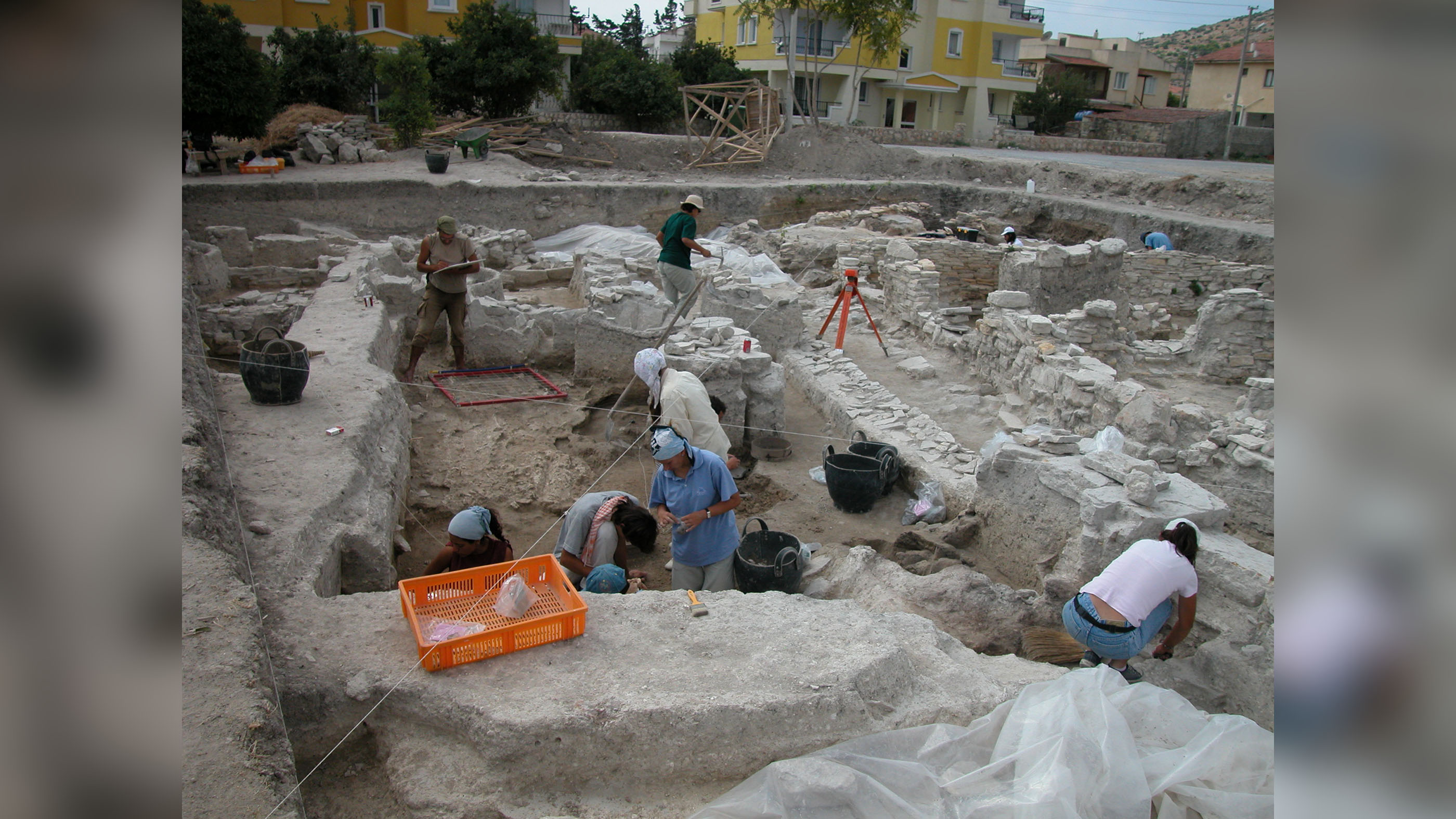
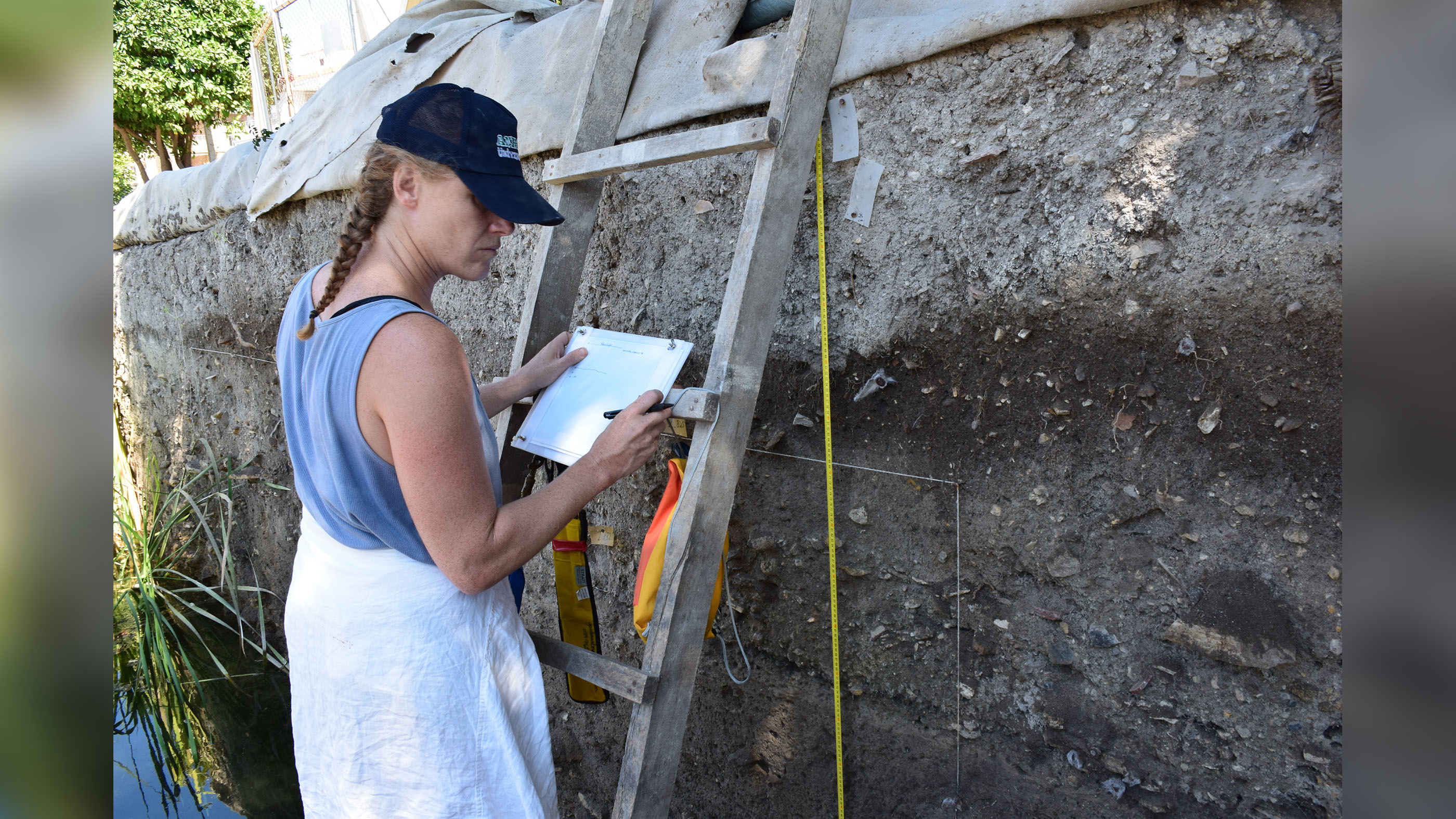
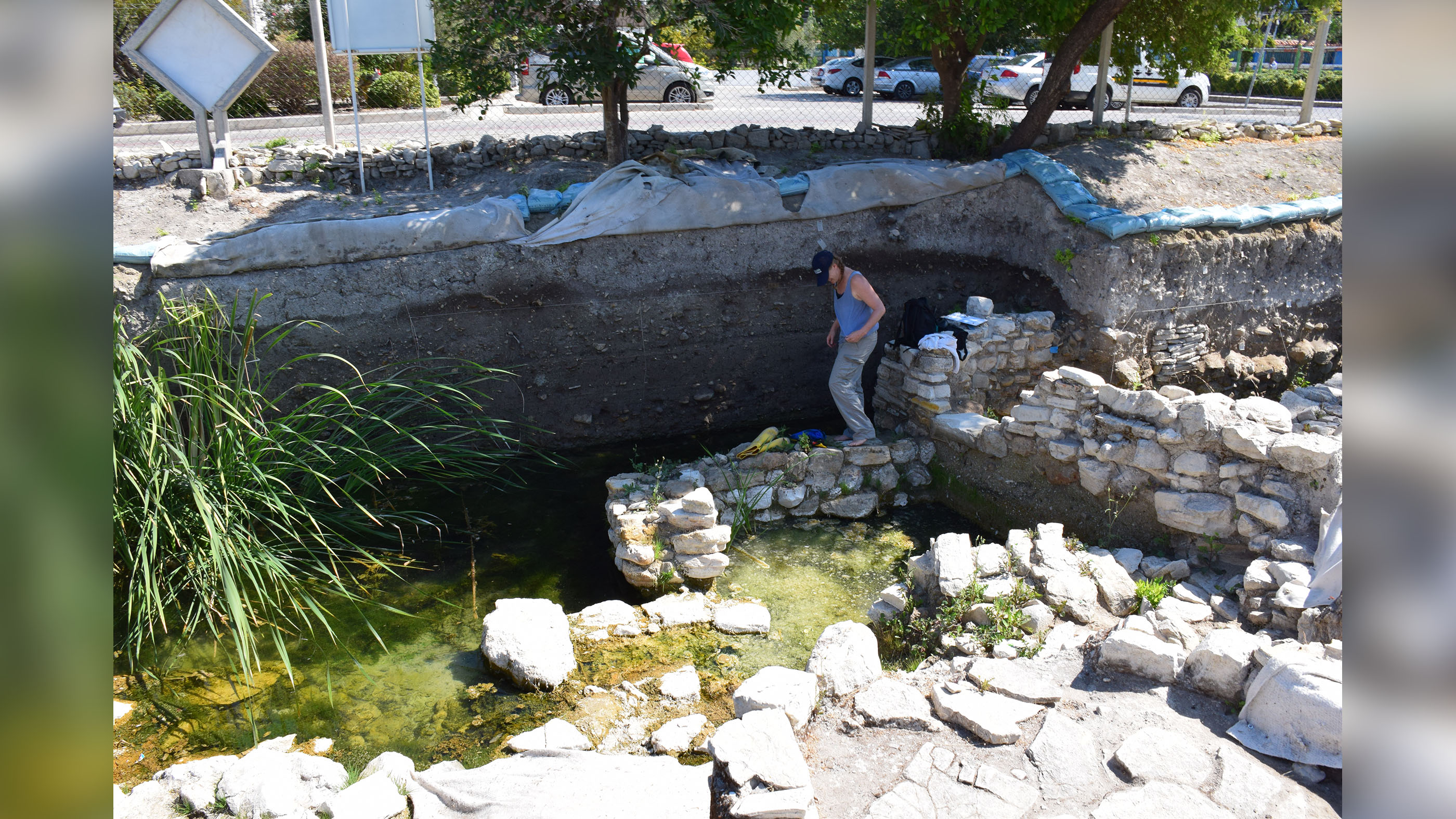
"It took some years, and then everything started to have some meaning," Şahoğlu told Live Science. "This is going to help us enormously. … We will now be able to interpret everything in a much better way."
The Thera volcano, which was then at the center of the resulting archipelago of Aegean islands now known as Santorini, erupted in about 1600 B.C.
Sign up for the Live Science daily newsletter now
Get the world’s most fascinating discoveries delivered straight to your inbox.
It was one of the worst natural disasters in human history; scientists estimate the volcano erupted with 2 million times the power of the Hiroshima atomic bomb, NASA reported.
The blast wiped out the Minoan town of Akrotiri on the island, and its aftermath may have contributed to the demise of the Minoan civilization on Crete, about 75 miles (120 km) to the south. The volcano's plume may have been seen in Egypt, and it likely caused a global volcanic winter that reached as far as China.
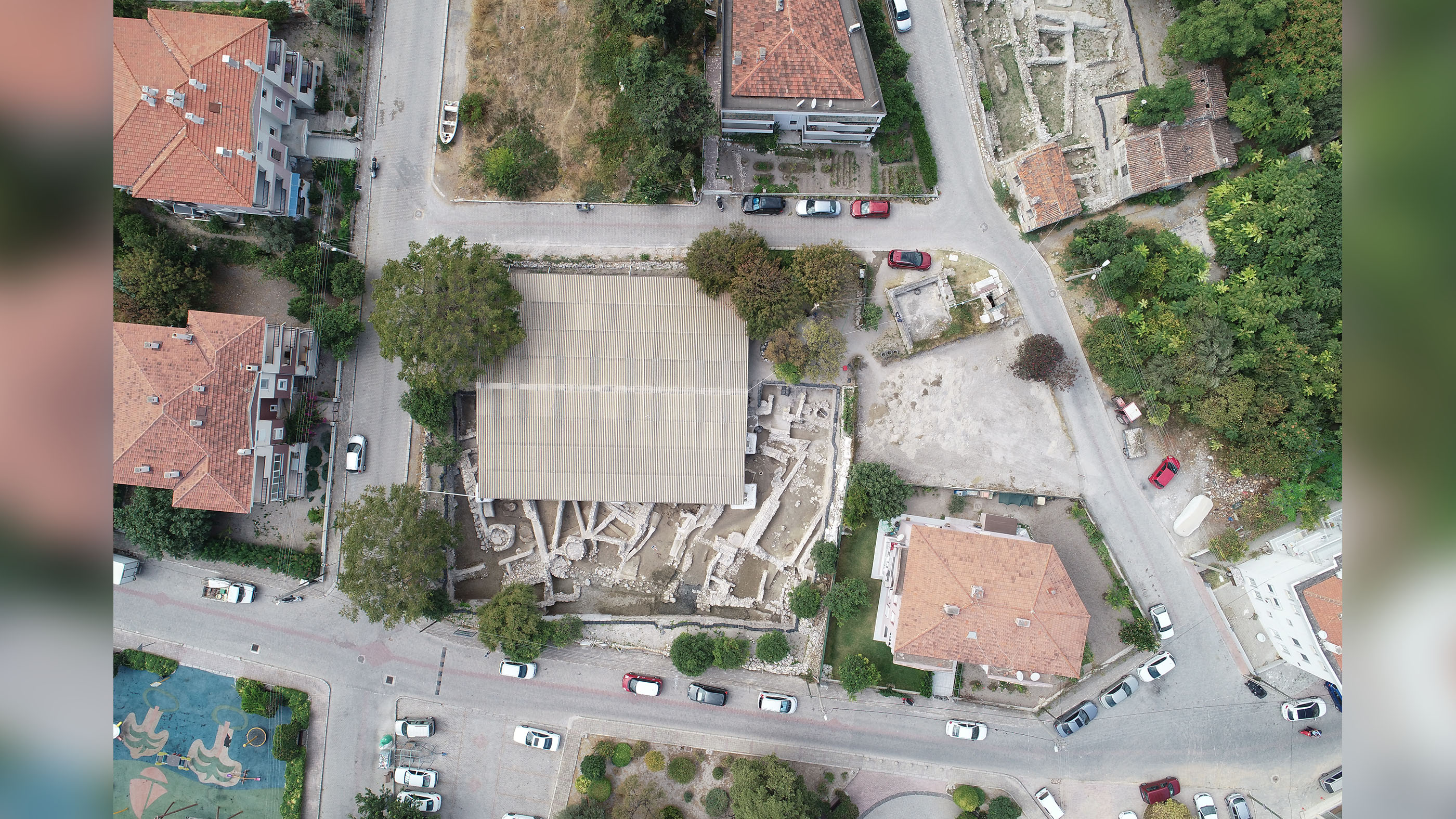
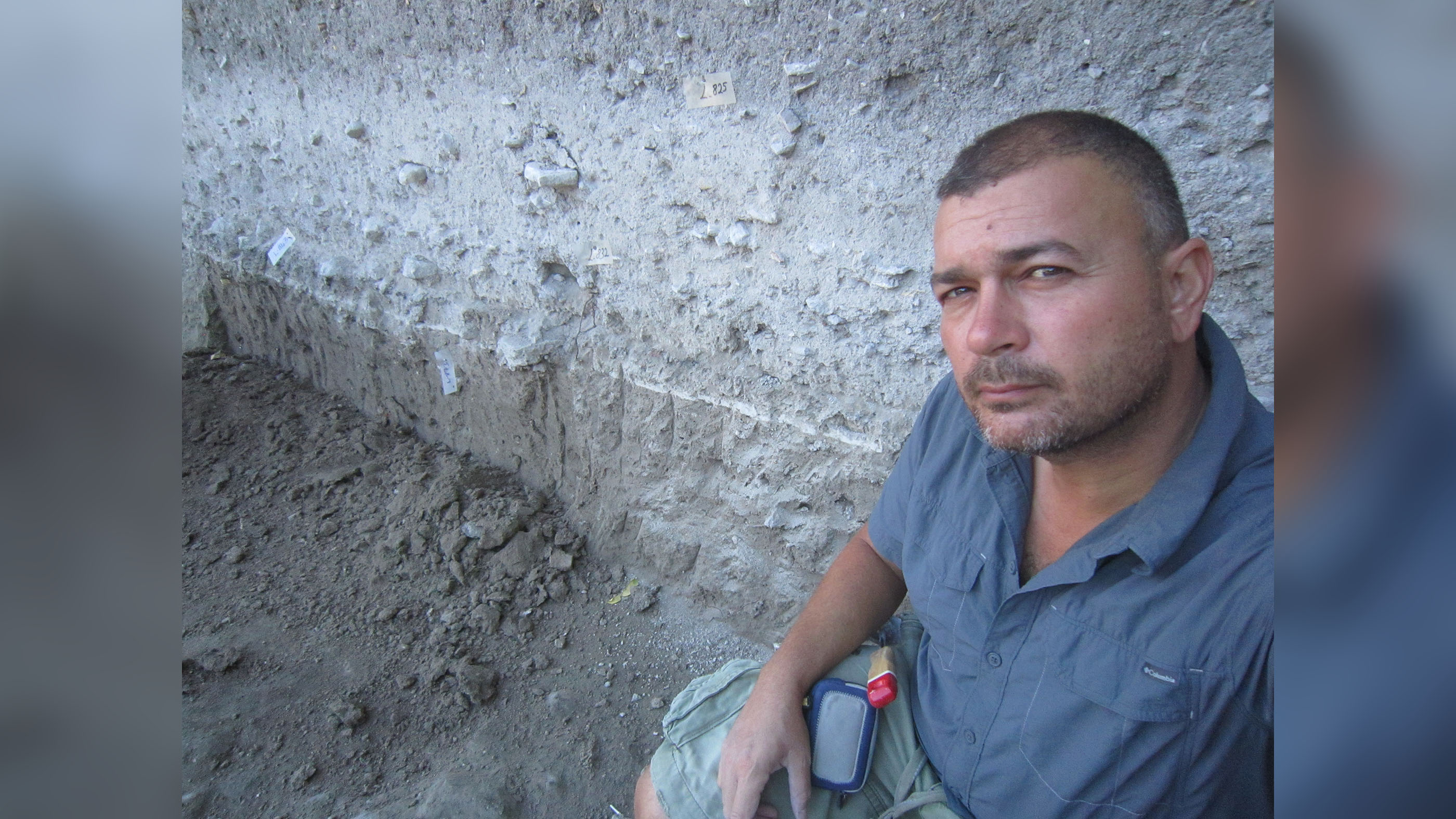
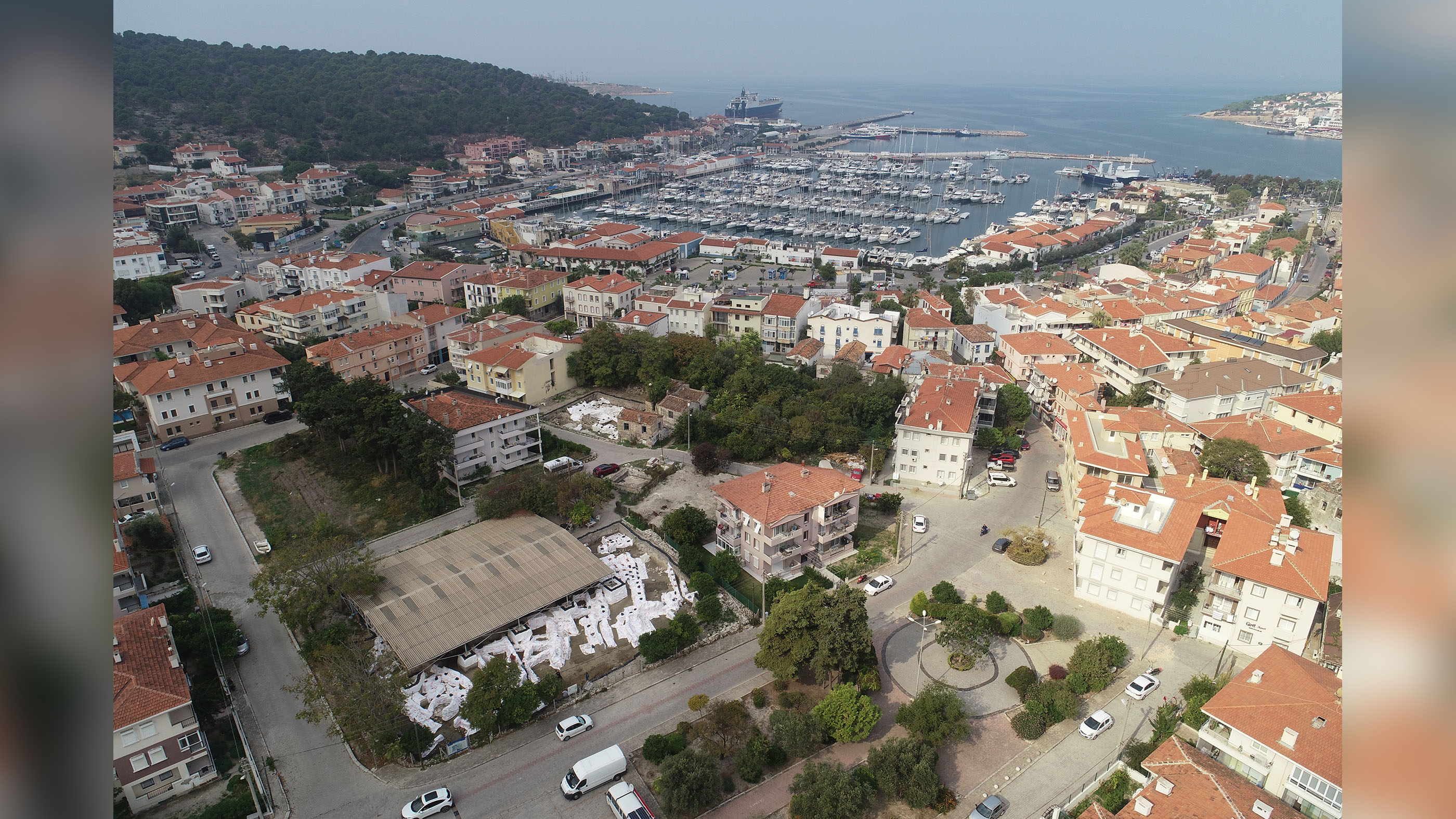
Ancient eruption
Despite the widespread devastation and the tens of thousands of people who must have died, the remains from only one death attributed to the eruption have ever been found — those of a man buried by rubble on Santorini, which were discovered in the 19th century, Şahoğlu said.
Many victims of at least four tsunamis that spread across the Mediterranean after the Thera eruption were likely swept out to sea. Archaeologists may also have found other skeletal remains from the cataclysm, but they may have assumed those people were killed by other causes, such as earthquakes, he added.
It can be difficult to see the signs of destruction caused by an ancient tsunami, and often these signs can only be confirmed by the presence of microscopic marine animal fossils, said Beverly Goodman-Tchernov, an archaeologist at the University of Haifa and senior co-author of the study.
Before now, traces of the tsunamis from Thera have been found at only six sites in the Aegean, and Çeşme — about 140 miles (220 km) away — is the most northerly.
The discovery in 2017 of the bones of the man and dog mean the site at Çeşme can serve as a "frozen moment" of life at the time of the eruptions, she said.
The man was about 17 years old when he died; he was killed by one of the tsunami waves and then washed up against a wall in the Bronze Age town.
The remains of the dog were found nearby, but there is no evidence that the man and the dog were together when they were killed, Goodman-Tchernov said.
Rescue efforts
Interestingly, a pit had been deliberately dug above the man's body, possibly in an attempt to rescue him or to retrieve his body for a proper burial. Similar pits had been dug elsewhere at the site, apparently soon after one of the earliest tsunami waves, she said.
"We think these are actually the preserved 'negative spaces' from where people have come and rescued the injured survivors or removed [the dead]," Goodman-Tchernov told Live Science. "Unfortunately, there was another tsunami wave that came in and filled all of those."
Şahoğlu said scientific tests would be carried out on the remains, including DNA analysis, to try to learn more about the young man and the dog.
Archaeologists will also look for other traces of the tsunami in the area, and the discovery of tsunami destruction at Çeşme should spur experts to reassess the evidence from archaeological sites nearby, he said.
Today, Çeşme is a thriving resort town on the Aegean coast, and the archaeological site is right beside the town's popular waterfront. "It was very difficult to work in the middle of one of the most touristic destinations in Turkey," Şahoğlu said.
But the archaeological work at Çeşme has now concluded, and authorities are now awaiting approval to build a museum above the site to preserve the excavations, he said.
The remains were described in a study published Jan. 4 in the Proceedings of the National Academy of Sciences.
Originally published by Live Science.
Tom Metcalfe is a freelance journalist and regular Live Science contributor who is based in London in the United Kingdom. Tom writes mainly about science, space, archaeology, the Earth and the oceans. He has also written for the BBC, NBC News, National Geographic, Scientific American, Air & Space, and many others.









